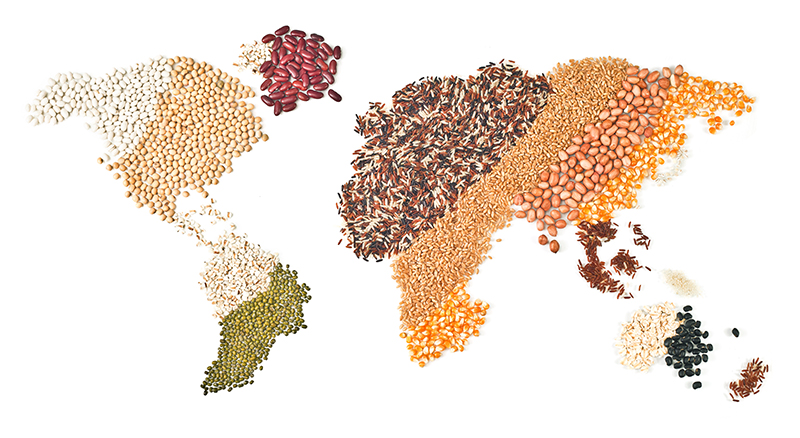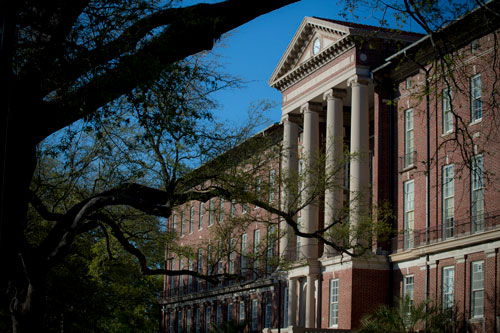
School of Liberal Arts Course Spotlight
How do population changes, politics, income levels, and the environment affect what and how we eat? These are the correlations that LaPorchia Collins, a professor in the Department of Economics, examines with students in her course “Global Food Economy.” Each semester, Collins begins the course with a general overview of food security and then centers in on the U.S. before ‘traveling’ the international realm with her students to talk about the supply and demand of food.
“I believe learning about what is happening around the world makes you a better citizen and a more well-rounded person overall,” explains Collins. To help students gain a greater idea of the many factors that contribute to food insecurity, Collins and her students watch and discuss the documentary A Place at the Table (2012), a film that follows families in three different areas of the U.S. on their quest for sufficient nutrition. After using the documentary as a foundation to consider both data and personal experiences, Collins introduces her students to the website Dollar Street, a tool created by the Gapminder Foundation, which includes pictures of individuals with everyday items in their homes and states their monthly income. Dollar Street helps visitors understand how people live and what food insecurity looks like around the globe from Bolivia to Tanzania, Spain, and Vietnam.
“I think I have been most surprised by the extent of food insecurity within the U.S.,” explained Sarah Ruffin (SLA ’20), a senior studying economics and political science. “Hunger is often presented as a problem unique to the developing world, but the U.S. itself has a massive amount of people—40 million—classified as food insecure.”
After spending time studying hunger and food in the U.S. and then around the globe, students choose a country for which they complete a comprehensive case study on food security. “Once we get to the international realm, we start talking about food demand, which includes population,” explains Collins. “We look at how population has changed over time globally and study how income affects diet and nutrition. Then, we talk about food supply, which is where issues related to agricultural production and the environment come into play.” As an economics course, Collins centers discussions on theories of supply and demand, which the students then use to create a policy proposal that is both grounded in economic theory and supported with macroeconomic data.
In addition to screening documentaries, using the Dollar Street website, and highlighting recent research findings in class, Collins and her students also discuss Food Politics by Robert Paarlberg. All of these tools help expose the students to different sides of the story of food, whether it’s related to population or environmental policies. Sophomore Adam Mathura (BSPH ’22) is studying public health and economics and finds the multiple ways in which Collins engages in the complexities of food supply and demand helpful in considering his future profession. “This course has changed how I view my future career in public health. It has made me more socially aware of the burden of food insecurity on the individuals around me, and I believe it will potentially lead me to pursue a career in policy to correct the preexisting issues in this country surrounding food insecurity.”
“Global Food Economy” fulfills a Global Perspectives requirement for undergraduate studies at Tulane and also an elective requirement for the Environmental Studies program in the School of Liberal Arts. “We live in a truly global society,” remarked Collins. “This course helps students understand how our different societies fit together and the backstories behind the data on food and livelihoods around the world.”

